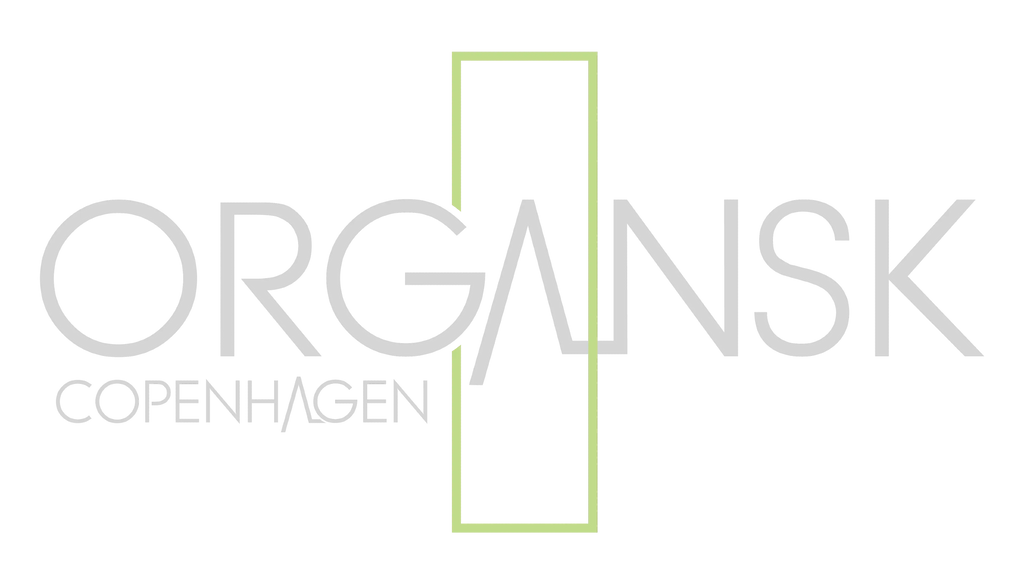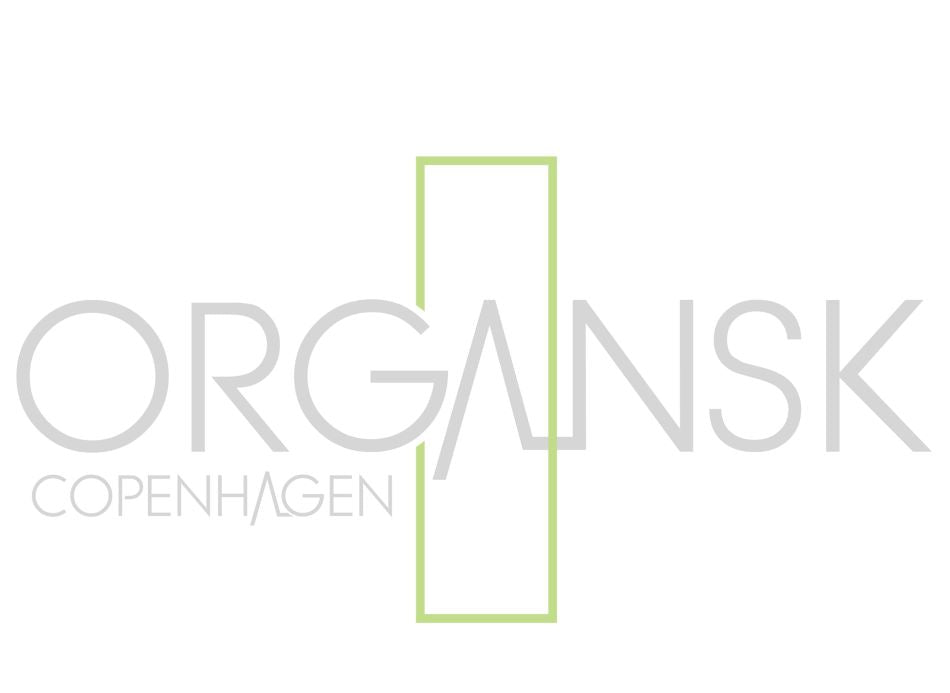How are clothes harming the environment!
Written By Martina Zini
Plastics: A History
Plastic first appeared in shops and supermarket shelves in the 1950s[1]. Its production spiked in the 21st century with 390 million tons being produced yearly[2]. Simultaneously, 400 million tons of plastic waste is produced annually[3].
Only 10% of the total plastic produced has ever been recycled[4]. Most of the plastic waste gets shipped to landfills or gets burned[5].
Microplastics: What are they?
As plastic is released into the environment, sun radiation, ocean waves, and mechanical forces break it down into microplastic particles. Its decomposition can take decades, centuries or even millennia. Microplastics come from the decay of big plastic objects, as well as from products such as clothes and fishing nets, whose fibers are designed to be smaller than 5mm.
Microplastics and the Fashion Industry
More than half of our clothes are made of polyester or other synthetic materials[6]. Every time we wash them, they shed up to 700,000 fibers[7]. Unsurprisingly, the fashion industry accounts for 34% of our global microplastic pollution[8].
Microplastics and Its Effect
Microplastics are transported by wind and water, polluting our soil, rivers, and oceans.[9] They are eaten by small fish and other organisms, entering the food chain. They are also found in fruits and vegetables, which absorb them through their roots[10]. Microplastics have been detected in human blood and our organs for the first time in 2022[11]. While their impact on our health is still unknown, researchers are concerned. Microplastics found in our bodies can contain chemical additives used in its production, like methyl mercury, flame retardants, which have been associated with disruption of the endocrine system and hormones balancing our growth and development[12].
Plastic is not designed to be recycled.
Not all plastic can be recycled[13]. When it is possible, plastic gets downcycled to a lower quality material, with limited applications[14]. This process is rather expensive and unprofitable.
Despite all possible technological innovations, it is not possible to sustainably handle plastic waste if its volume keeps increasing[15].
We must cut plastic at its source and stop single-use plastic. That’s why at Organsk® all our jeans are made from certified organic cotton, certified recycled cotton and recycled polyester to give you a pure product that stands the test of time.




